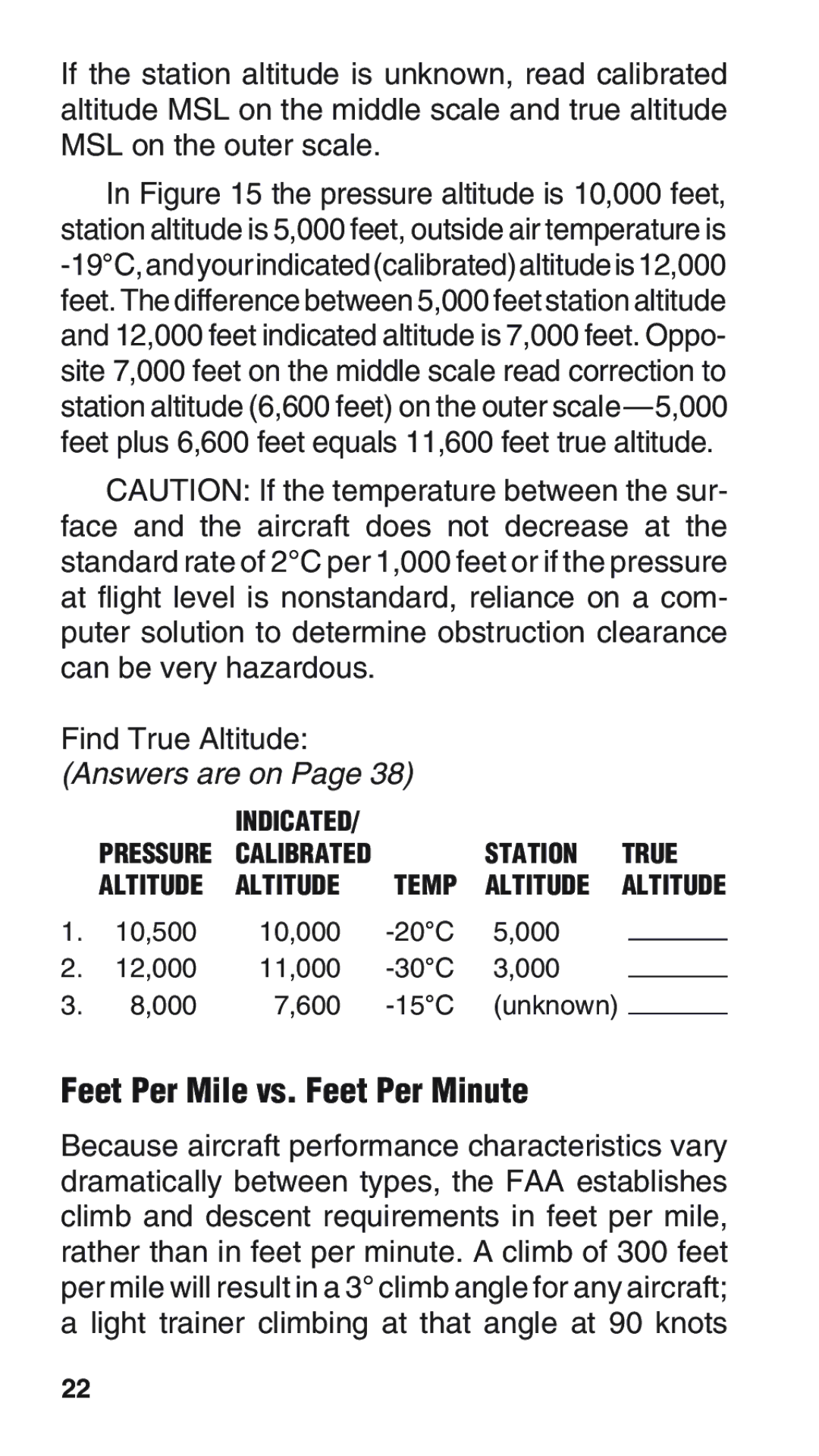E6-B specifications
ASA Electronics has established itself as a leader in the provision of advanced mobile electronics, and their innovative E6-B model is a testament to this legacy. Designed for industries such as construction, agriculture, and marine applications, the E6-B embodies a host of features and technologies that enhance user experience and operational efficiency.At the heart of the E6-B is its impressive 6.2-inch touchscreen display. This high-resolution screen provides crystal-clear visibility, making navigation and usage straightforward, even in bright sunlight. The intuitive interface allows users to effortlessly access various multimedia options, playlists, and settings, catering to diverse user preferences.
One of the standout features of the E6-B is its connectivity options. Equipped with Bluetooth technology, users can easily pair their mobile devices for hands-free calls or streaming music directly from their smartphones. This feature proves invaluable for professionals on the go, allowing them to maintain communication without sacrificing safety or focus.
In addition to Bluetooth, the E6-B also supports USB connectivity and auxiliary input, further enhancing its versatility. This means users can play their favorite tunes from multiple sources, ensuring that entertainment is always at their fingertips. For those who enjoy digital media, the E6-B is compatible with a variety of audio formats, guaranteeing a rich listening experience.
Durability is another hallmark of the E6-B. Built to withstand the rigors of demanding environments, it features a robust design that is both weather-resistant and shockproof. This makes it an ideal choice for outdoor applications, where exposure to the elements can be a concern.
Moreover, the E6-B is designed with a user-friendly control system. The physical buttons are strategically placed for easy access, allowing adjustments to be made without distraction. This thoughtful design feature is particularly important in vocational settings where safety is paramount.
Further enhancing its appeal, the E6-B incorporates advanced audio technologies. It offers built-in equalizer settings, enabling users to fine-tune their sound experience to match their specific preferences. Additionally, the unit can drive powerful speakers, providing high-quality sound output that can fill any space, no matter the background noise.
In summary, the ASA Electronics E6-B blends cutting-edge technology with practical design. Its features cater not only to entertainment needs but also emphasize durability and ease of use. Whether in a construction site, on a boat, or in agriculture, the E6-B proves to be a reliable companion, making it a worthwhile investment for anyone in need of robust mobile electronics.
